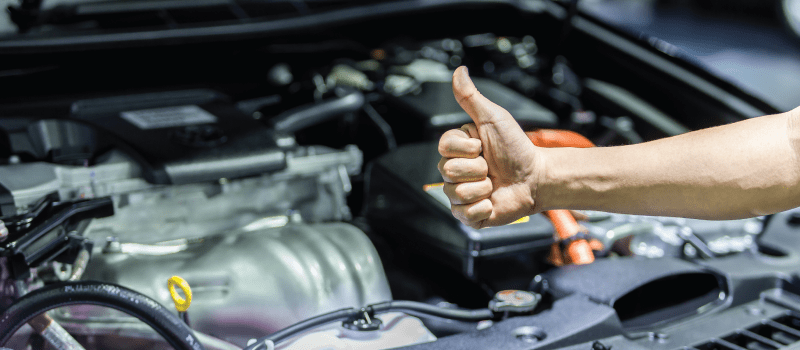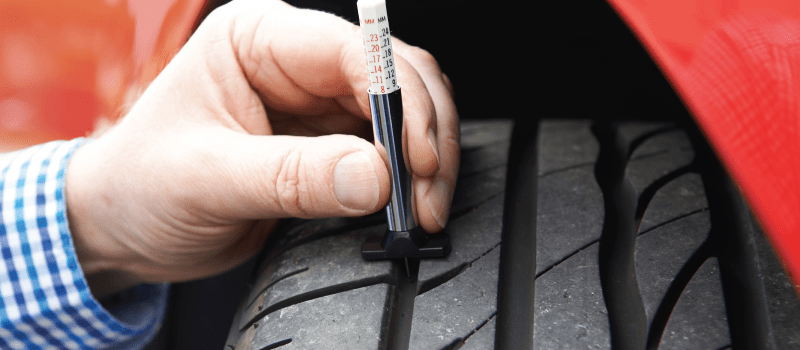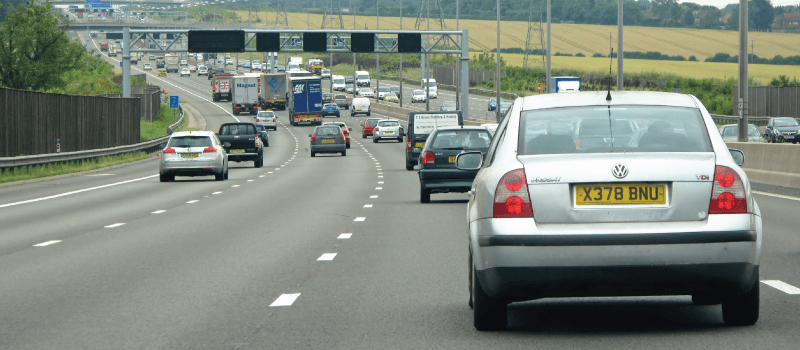
Are you ready for the latest MOT changes?
23rd May, 2018
New rules which came into effect this week could make all the difference as to whether your car passes or fails its next MOT. Sounds dramatic, but it’s true! Even if you already know when your next MOT is due, it’s definitely worth familiarising yourself with the latest legislation. As ever, here at Scrap Car Network we’re on a mission to make life easier for you, so we’ve gone into detail about all the key points below.
Here’s the list of all the main MOT changes that have been introduced:
- Expansions to the MOT pass and fail categories
- Additional items are now tested during the MOT
- Changes in the way diesel vehicles are tested
- Vehicles over 40 years old are no longer required to have an MOT
- Design changes in MOT certificates
So why does all this matter to you? Read on to find out!
1. Changes to the MOT pass and fail categories

There are 30 million MOT tests a year in Britain, and about a third of them fail. Lights and indicators are the most common cause. Previously, your MOT test results were fairly binary; basically, it would be a pass or a fail, and that was more or less it. You could pass it with an advisory (essentially, something the tester recommends getting fixed), but other than that those were still your main two options.
Now, they’ve been expanded into five potential classifications.
| Result: | What it means: | What you need to do: | MOT Test Result |
| Dangerous | There is a direct and immediate risk to road safety, or a serious impact on environment. | Don’t drive the car until it’s been repaired. | Fail |
| Major | Could well affect the vehicle’s safety, put other road users at risk or have an impact on the environment. | Get your car repaired immediately. |
Fail |
| Minor | No significant effect on the safety of the vehicle or impact on the environment. | Repair it as soon as you possibly can. |
Pass |
| Advisory | Could become more serious in the future. | Keep an eye on the issue, and repair it if necessary |
Pass |
| Pass | Meets the minimum legal standard. | Drive safely! |
Pass |
2. New items tested during the MOT
In a previous blog we ran you through a couple of quick checks to perform before your MOT test. You might not be able to tackle them all by yourself, but knowing them ahead of time can often help you avoid failures for some relatively simple stuff. This includes making sure your tyres are at the minimum tread depth, and that all your lights and indicators are working properly. (If they’re not, it could simply be a matter of changing the bulb.)
Under the latest legislation, amongst the items your MOT tester will examine are:
- If tyres are obviously underinflated
- If the brake fluid has been contaminated
- If fluid leaks pose an environmental hazard
- Checking brake pad warning lights
- Making sure that brake pads and discs are present and working correctly
- Reversing lights (on vehicles active since 1st September 2009)
- Headlight washer (on vehicles active since 1st September 2009)
- Daytime running lights (on vehicles active since 1st September 2018)

On top of these, there are some smaller changes to how certain items are checked. You can ask your MOT tester about the full details of these if you want, but to be honest with you it won’t make a huge lot of difference to life on your end – as far as you’re concerned, many of the final results will be the same.
3. Changes in how diesel vehicles are tested
Environmental issues are a growing concern for governments, regulators and automotive manufacturers alike, and this is one of the main factors influencing the tougher changes to the MOT test for diesel vehicles. Namely, cars with a diesel filter will now have to pass new tests.
You’re probably familiar with the function of a diesel filter already, but just in case you’re not – essentially, it captures and stores exhaust soot to reduce emissions. If the tester finds evidence that it’s not doing its job properly – such as if there’s smoke coming from the exhaust, or if it’s apparently been tampered with – these fall under ‘Major’ faults, which means it’s an automatic fail. What’s more, a Diesel Particulate Filter costs about £1000, and drivers could be fined as much as £1000. Obviously that’s not going to be fantastic news for a lot of diesel owners, so it’s definitely worth keeping the DPF in good condition!
4. Vintage vehicles over 40 years old won’t need an MOT

This applies to vehicles that are either past their 40th birthday, or produced before the 31st of May 1978. (In case you’re working it out on your fingers right now, there’s about two weeks of difference between those definitions, but yeah, for all intents and purposes it’s the same thing.) Seems a little unfair, you might be saying, but there is reasoning behind it. According to an official RAC spokesperson, these cars are often classed as being rare classics and collectors items, which means that they’re typically well looked-after.
However, the legislation does take care to mention that it only applies to vehicles that are over 40 years old and haven’t been substantially changed in that time. Really, the only road-safe cars that are going to fit that definition are those that have been carefully looked after over the decades, so you can see how the legislation makes sense. Now, if you’re lucky to own one, you won’t have to apply in order to stop getting an MOT. What you do have to do, though, is continue taxing it. Each time you do you’ve got to make a formal declaration that it still meets the requirements for not needing an MOT.
5. Design of MOT certificate changes
In the modern digital age, physical paperwork is gradually on the decline. This isn’t true for MOT test certificates, though – so in case you’re wondering, yes, you do still get a paper MOT certificate. Now, the latest legislation means the design of this MOT certificate has changed slightly. You can see the latest iterations here on the gov.uk website.
So how is all this going to affect pass and fail rates for MOTs?

In short – right now, nobody really knows. On the one hand, some experts are worried that the stricter standards will mean that cars which would have been previously satisfactory will now fail their MOTs, which will obviously be a major issue for many drivers. On the other hand, organisations like the RAC are concerned that testers will overcompensate for this and pass cars which really should be failing. They don’t want to see evidence of huge reductions in failed MOT tests – they won’t be taking it as a sign of more cars becoming safer, but rather that dangerous cars are simply being back on the roads where they shouldn’t be. To be honest, it’s a bit of a toss-up as to which scenario is more likely – if either – and no one on either side is claiming to have all the answers.
So what can you do? Well really, it comes down to a case of continuing to make sure you conduct some basic checks before your MOT each year, and make sure you’re driving carefully all of the time in between. There are drivers who will get stung occasionally – especially diesel drivers – but the best approach to avoid doing so is to fix faults as soon as they occur, and ultimately just look after your car as best you can.
Of course, if you find you’re spending way too much on keeping your car in good nick, if it’s failed its MOT one too many times, or you just think it’s generally over the hill, it might be worth considering scrapping your car altogether. That’s where we come in here at Scrap Car Network. We’ve carefully streamlined our process so that it’s never been easier to scrap your car with us – all you have to do is enter in your car reg and postcode onto our site, and in no time at all you’ll be looking at your very own instant scrap car quote.